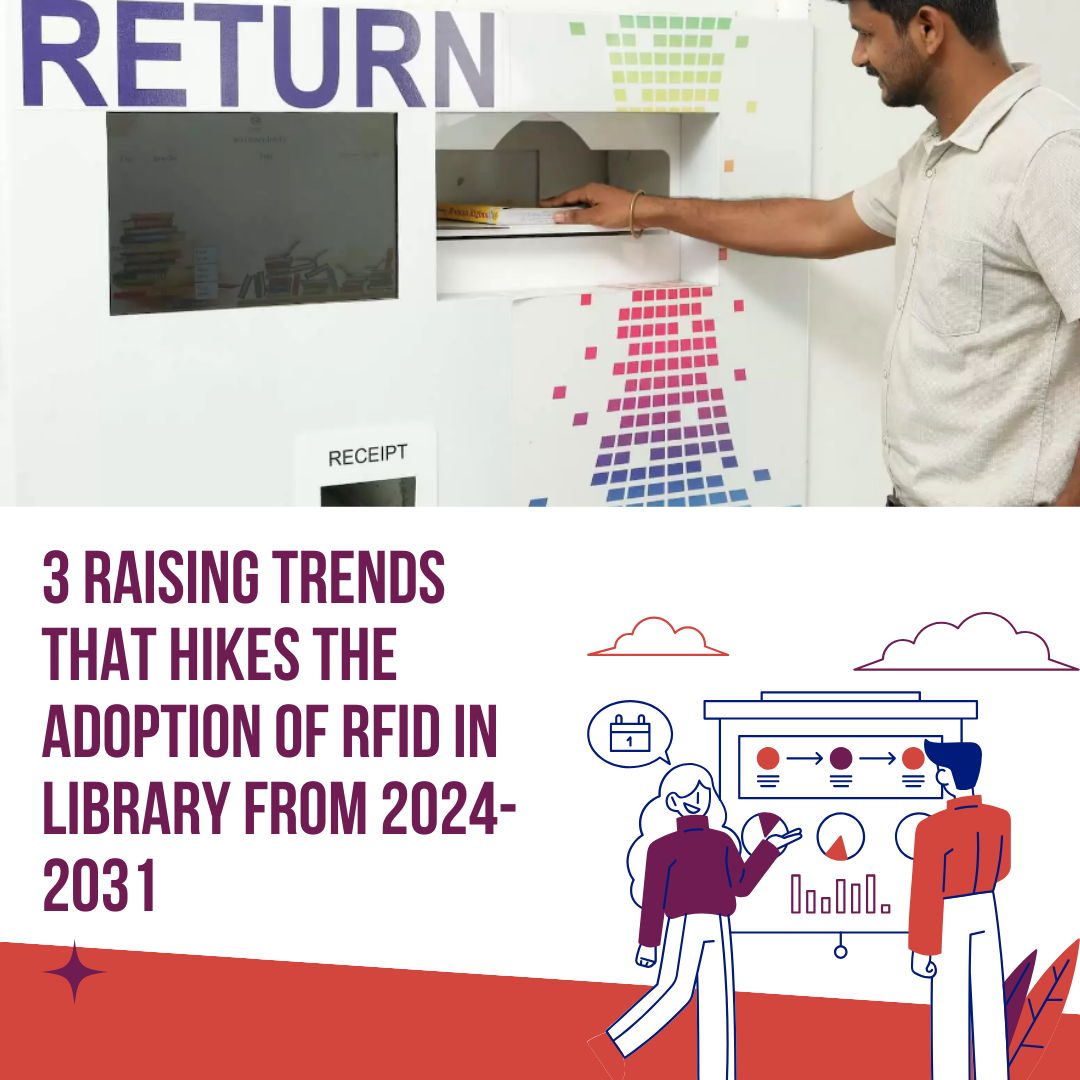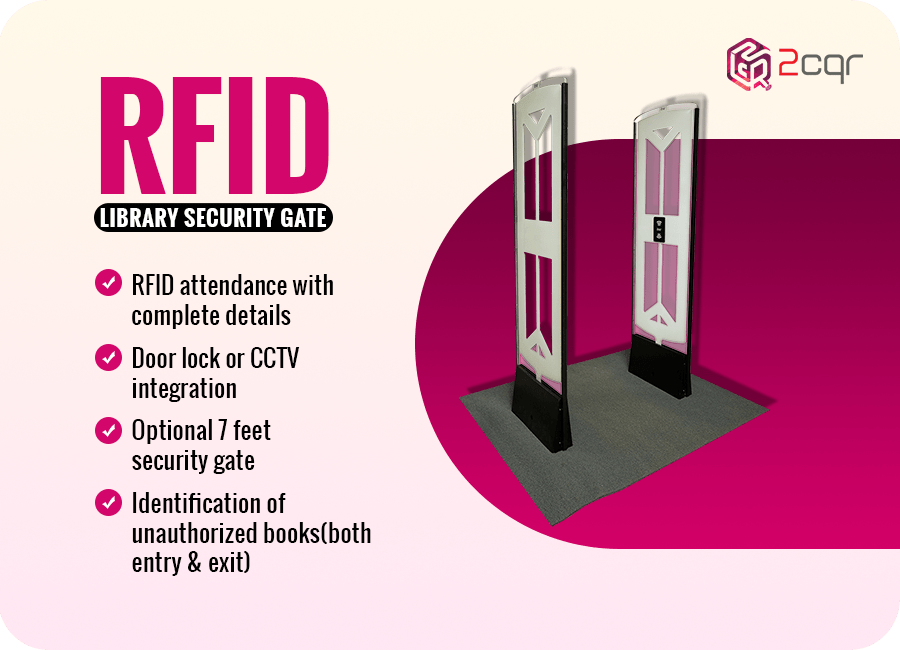
Over the past decade, the adoption of RFID in library has witnessed a gradual raise worldwide, and this upward trend is expected to amplify even further. The ongoing market share of RFID reflects not just a passing trend but a sustained momentum, fuelled by the continuous advancements within the industry.
The transformative journey of RFID in libraries is marked by a commitment to make library management increasingly seamless, flexible, and effective.
Amidst this momentum, three key trends stand out as catalysts, steering the adoption of RFID to new heights into the promising years from 2024 to 2031.These trends not only capture attention but also promise to reshape the landscape of library operations, introducing innovative dimensions to how libraries organise, interact, and adapt to the evolving needs of their patrons.
Join us as we delve into the fascinating world of these trends, unraveling the narrative of RFID’s ascent in libraries
Mobile Integration
In the digital age, where time efficiency is paramount, the accessibility of information through online resources stands as a cornerstone for modern library dynamics. Recognizing this imperative, a trend that is not only gaining traction but supports for rapid growth from 2024 to 2031 is the integration of mobile apps with RFID library systems.
This fusion of technology not only aligns with the point of convenience but also caters to the evolving preferences of the tech-savvy, younger generation of library users. By introducing mobile applications seamlessly interwined with RFID, libraries are not just staying relevant, they are crafting an immersive user experience that transcends the physical confines of library spaces.
This trend doesn’t merely save time and effort; it represents a strategic move to retain and enhance library subscription rates by meeting the expectations of a generation that values information at its fingertips. As we peer into the future, the intertwining of mobile apps and RFID in library systems promises not just accessibility but a paradigm shift in how information is sought, accessed, and engaged with in the ever-evolving digital landscape.
Personalised Recommendations
In the ever-evolving landscape of library innovation, a transformative trend revolves around the integration of user activities via apps and websites with Radio-Frequency Identification (RFID) systems.
Libraries are strategically focusing on this trend, recognizing that user engagement through digital platforms and offering personalization leads to a seamless experience. The development of intuitive user interfaces to propels the library experience with personalized recommendations and navigation guidance become the norm following the user actions.
This trend represents a paradigm shift by reducing the reliance on physical presence and direct contacts aligning library services with the expectations of a tech-savvy generation and redefining the very essence of the library experience in the years to come.
Quality Tagging
In regards to RFID-based library management, tagging isn’t just a routine task, it’s a fundamental exercise that demands meticulous attention. The efficiency of the entire library system hinges on the quality of these tags, making them a base for efficient tracking, effective communication, and long-term maintenance.
As we venture into the years from 2024 to 2031, one of the pivotal trends gearing the adoption of RFID in libraries revolves around the heightened focus on enhancing tag quality. RFID suppliers are recognising the critical role these tags play not only in maintaining the seamless functioning of the library system but also in fortifying security measures.
By investing in improving tag quality, suppliers are not merely ensuring the avoidance of maintenance issues, they are laying the foundation for a robust and enduring RFID technology implementation that aligns with the evolving needs of modern libraries. This trend underscores a commitment to technological excellence and reliability, fostering an environment where RFID becomes not just a tool but a cornerstone in the evolution of library management.
Conclusion: The landscape of library operations undergoes a paradigm shift driven by three pivotal RFID trends as we anticipate the years from 2024 to 2031, mobile integration and the integration of user activities with RFID systems transforms libraries into personalised, digitally driven spaces, redefining the very essence of the library experience.
Lastly, the heightened focus on enhancing tag quality underscores a commitment to technological excellence and reliability, ensuring RFID becomes a cornerstone in the evolution of library management. These trends collectively propel the library experience into an era of seamless, personalised, and technologically advanced operations


